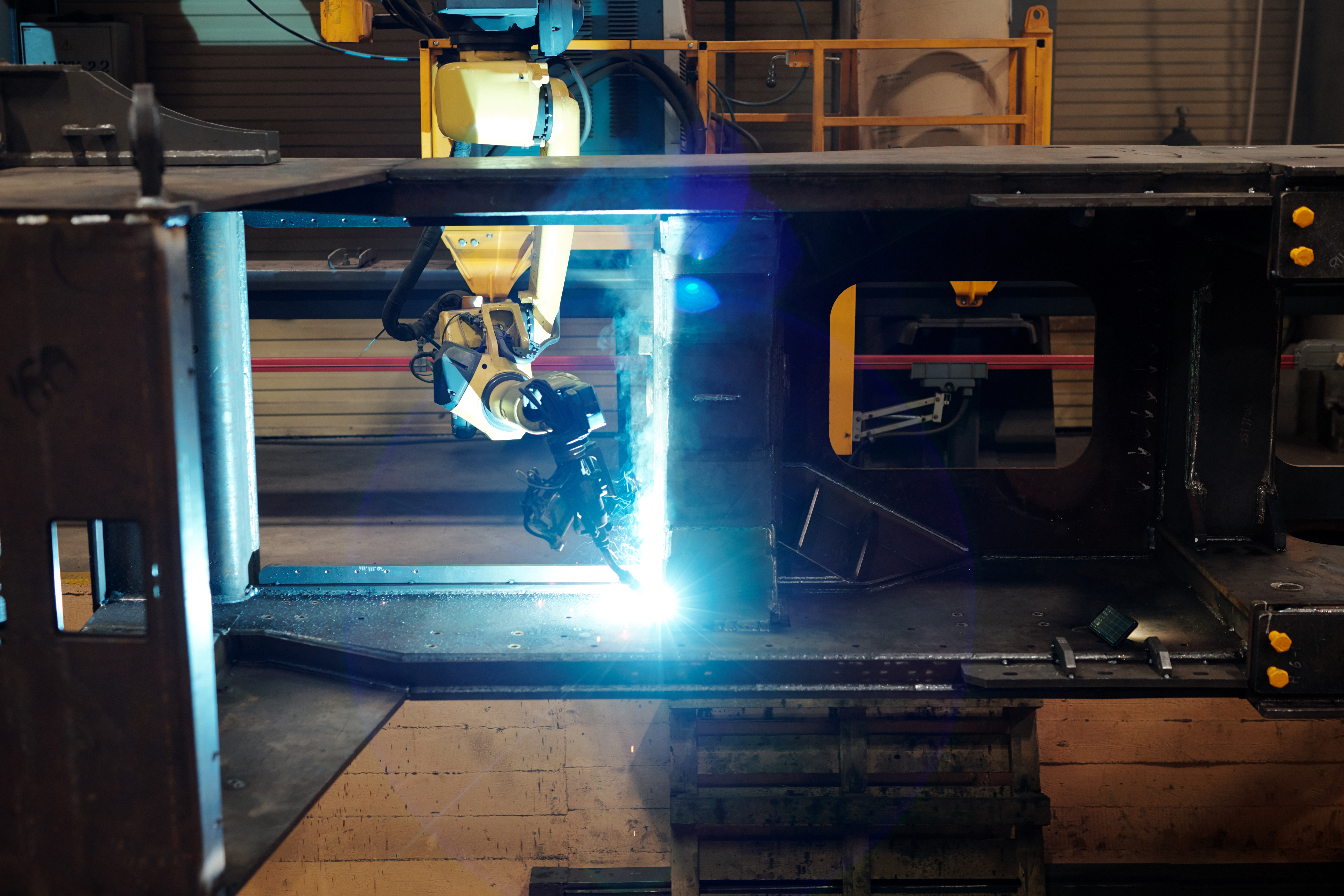CNC WELDING
At TIKT, we not only turn or mill individual workpieces, our range of services also includes the professional joining of entire welding assemblies. Welding is a matter of trust, because after all you must be able to rely on the reliable connection of the materials. Therefore, we pay special attention to the reliable connection of the materials and join components to solid units especially according to customer specifications using state-of-the-art CNC welding equipment.

WIG
Das Wolfram-Inert-Gas-Schweißen ist ein sehr langsames Schweißverfahren, bei dem die Schweißnähte eine ausgesprochen hohe Qualität bekommen. Die verwendeten Wolfram-Elektroden haben keine direkte Verbindung zum Stromkreislauf, sie werden nicht abgeschmolzen und brauchen deshalb nicht gewechselt werden. Vorteil: Die Stromstärke kann auf den zu bearbeitenden Werkstoff abgestimmt werden. Das Inertgas verhindert eine Reaktion zwischen Werkstoff und umgebender Luft, es entstehen weder Rauch, giftige Dämpfe noch Schweißspritzer.
MIG/MAG
Metal inert gas welding uses inert, i.e. inert gases that do not react with the material, such as nitrogen, helium or xenon. As metal active gas, active gases are enriched with CO2, oxygen or a mixture of both in order to adjust, among other things, the arc of light, the degree of flow and the penetration behavior.
Electrode welding
The electrode distances influence the arc length. However, the electrodes are not only carriers of the arc, but also additional material at the same time. This process allows welding of almost all metals and alloys.
Brazing
Brazed joints are created at temperatures between 450°C and 900°C and have very good strengthening properties. In contrast to welding, the metals to be joined are not melted with but joined by the solder brought to melting.


